Comments on playing organs/pianos/keyboards
Do you play an organ, a piano or a keyboard?
Didn't get this question quite right! So don't say, "Yes!". I wasn't asking if you play an organ, a piano or a keyboard .. I was asking which of these you play! I am hoping in this topic to discuss some of the differences in playing these instruments, and get some observations on how you play your organ, piano or keyboard. Some of the comments I would expect to be a bit controversial as we all have our own way of doing things. But go for it. Let us know about any observations you have when playing your keyboard by clicking on POSTREPLY.
I'll start the ball rolling with some of my thoughts.
Seems to me that the basic difference between playing an organ or piano, and a keyboard is that with an organ or piano, all the 'harmony' and 'movement' is created by 'moving fingers of both hands'. So you have to have a full score and read all those notes to get the piece sounding as intended.
A keyboard player, on the other hand, gets the harmony by holding down a chord with the left hand.
The movement is created by the STYLE BACKING PARTS. And STYLE BACKINGS are geared up to follow a fixed 'measure' of so many bars (normally either 2 or 4) .. and then they 'repeat'. So once a chord has been played on the first beat of the bar you should let your backing instruments do what they have been programmed to do and play their 'patterns' of notes. Or basically, if you are using a STYLE don't try and compete with it by playing the notes written on the sheet music.
Here is an example of sheet music specifically written for organ, found for us by Ken Hall. It has an extra bass line for you to play the pedals.
If the PDF does not show, refresh the page (you may have to do this a couple of times).
Or you can click the PDF link below it to load the music directly.
http://www.ar-group.org/Files/More(G).pdf
Looking at this music, there are chords written over the top of the bars. These chords are not what anybody is expecting the organist to play. He/she already have their hands full playing the harmonies and notes as written! The guitar chords are there for a guitarist to play when accompanying the organist. They will both then be 'in harmony' with the piece.
As I said above, when using a STYLE to play something it is the 'patterns' programmed into the backing PARTS of the Style that create the 'harmony' and 'movement' of the piece. So ideally, you should choose a STYLE that best represents the 'patterns' in the music. When I play something, I will try as far as possible only to change chords on the first beat of the bar. The chords as written below are what I like to have in front of me as a reminder of what the basic chords are for me to play.
So here is More played the 'keyboard way' .. and underneath are the chords. These are chords that I have put in for my 'band members' to follow. And I won't try and compete with them by playing all those written notes in the sheet music, and I won't keep changing the harmony by playing a different chord every few notes.
More played on my Tyros 4 the 'keyboard way' by holding chords.
Whilst it is playing see if you can follow my chords from the PDF below.
Chords I am playing with my left hand.
If the PDF does not show, refresh the page (you may have to do this a couple of times).
Or you can click the PDF link below to load the music chords directly.
http://www.ar-group.org/Files/More-(ChordStructure).pdf
So what type of sheet music is best for a keyboard player? Well, for this song, the one below, found for us by Den. Often called 'Busker' music as it only shows the melody and the chords. And note that the chord changes basically happen on the first beat of the bar (although not always).
If the PDF does not show, refresh the page (you may have to do this a couple of times).
Or you can click the PDF link below to load the music chords directly.
http://www.ar-group.org/Files/MoreBuskerVersion(G).pdf
In this version you can see chords that are aimed specifically at keyboard players .. 'slash' chords. With these chords you play the chord shown .. and 'force' the keyboard to play the note to the right of the 'slash' as a bass note. Also note that on the whole, the chords change on the first beat of the bar. Perfect for a keyboard!
As with any piece of music, chords shown are not necessarily the 'right' chords. They are the ones the 'arranger' of the music wishes you to play. I personally will keep the ones I play as those are the chords I want to hear.
Hugh


 ..
.. 
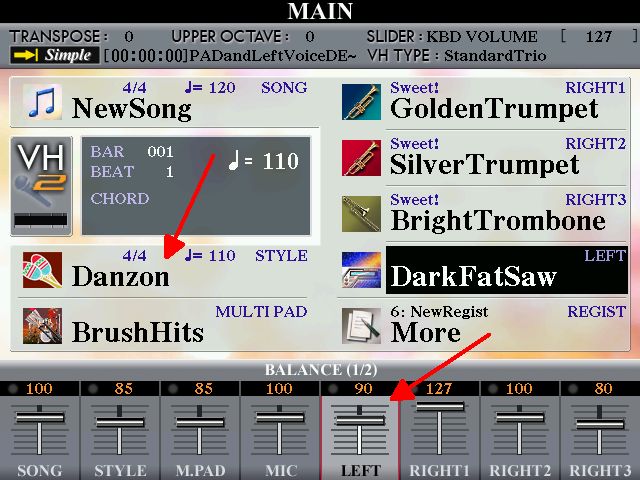
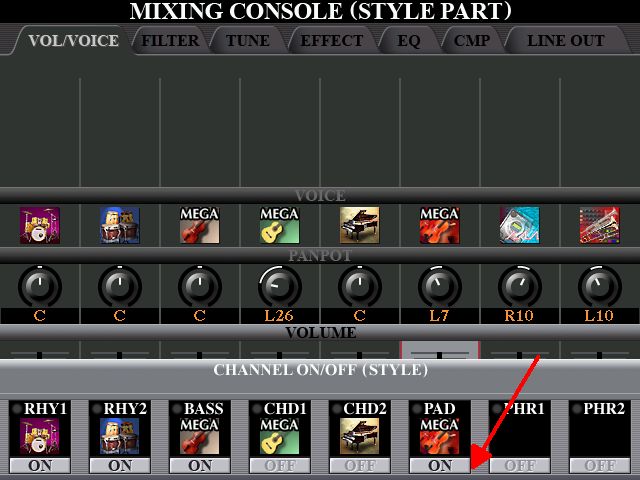
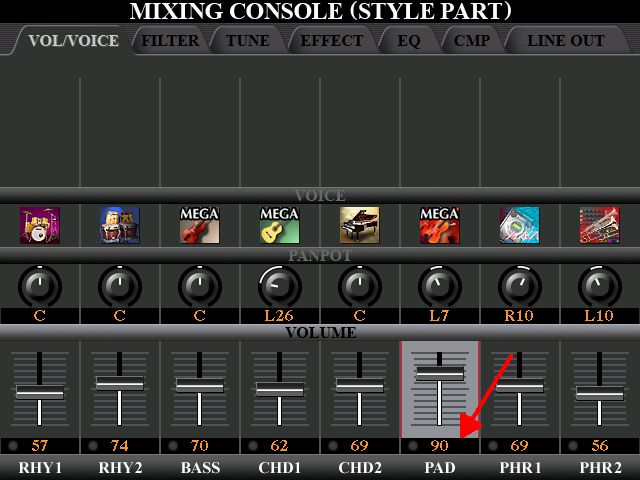
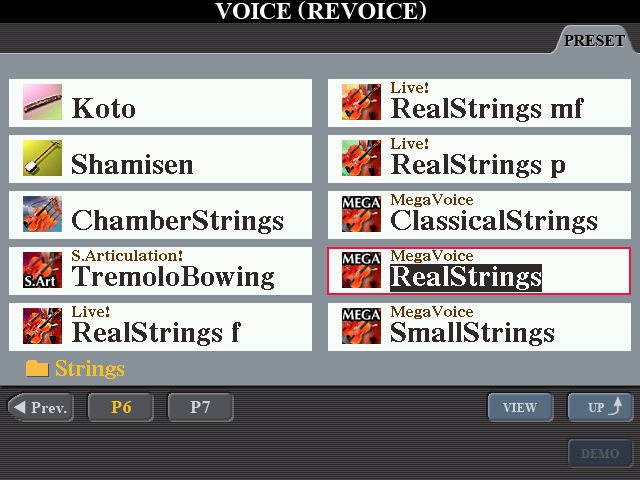
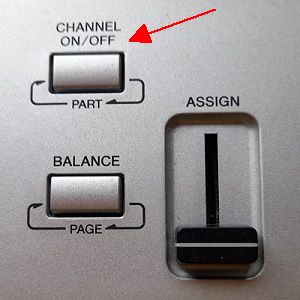
 A Musician's work is never done. It is the musician's joy and curse.
A Musician's work is never done. It is the musician's joy and curse. ..
..